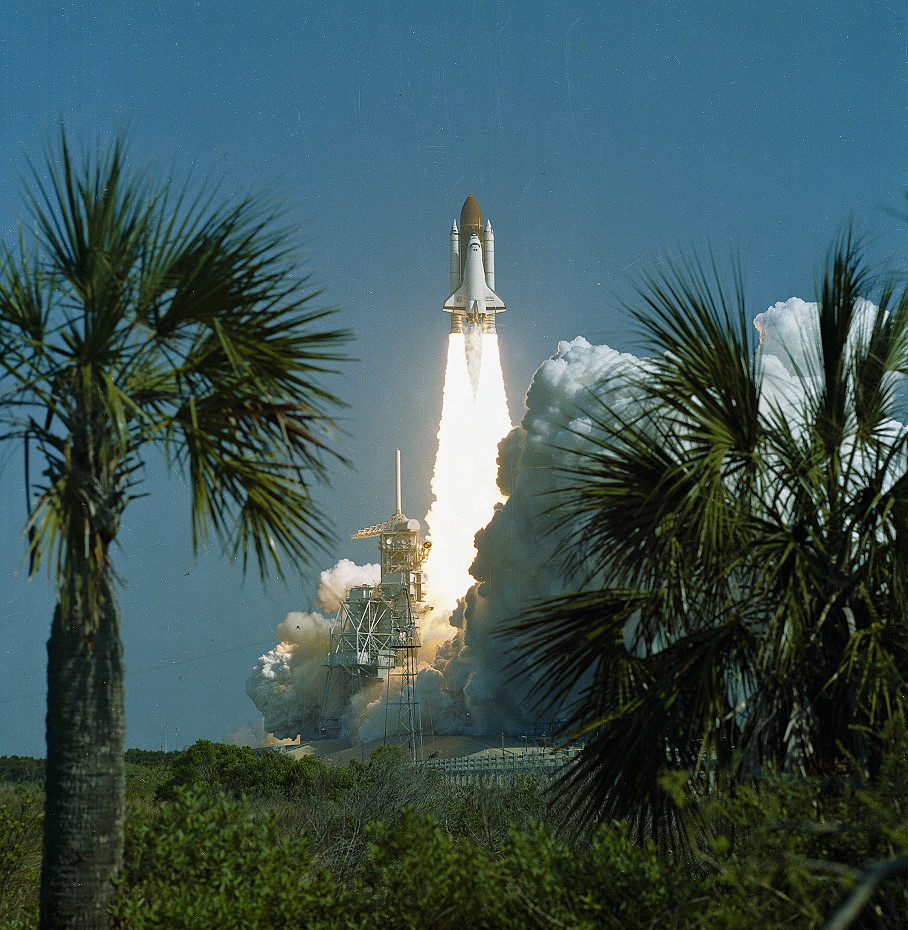
Flying in space, remembered astronaut John Blaha—who made the first of his five missions, 30 years ago, this month—vanished in the flicker of an eye. On 13 March 1989, Blaha and his four crewmates launched aboard shuttle Discovery on the relatively “vanilla” STS-29 flight to deliver a major NASA communications satellite into space. Seated in the pilot’s seat, alongside future Johnson Space Center (JSC) Director Mike Coats, Blaha was joined by Mission Specialists Bob Springer, Jim Buchli and Jim Bagian. Most of the crew had been recycled from a pre-Challenger assignment to a flight which might have seen the first citizens of Indonesia and the UK to travel into space.
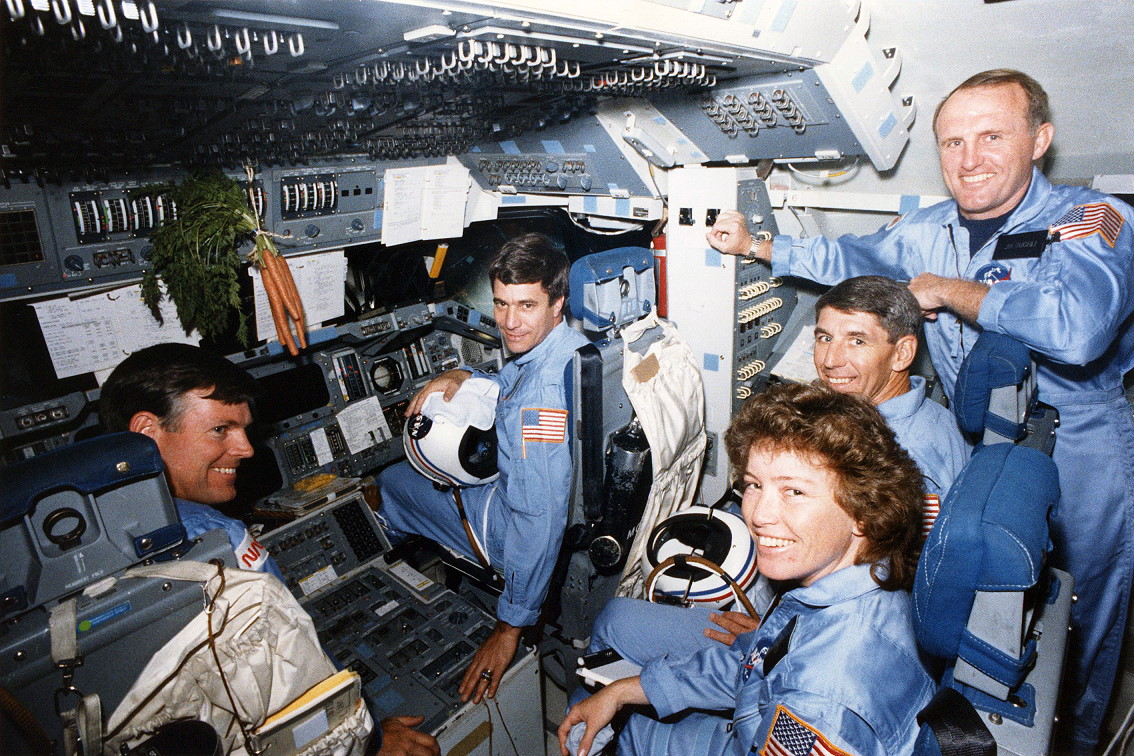
Coats, Blaha and Springer had been together as a crew since January 1985, when they were assigned—alongside fellow astronauts Anna Fisher and Norm Thagard—to Mission 61C, then planned for launch the following December. However, during the course of the year, the shuttle manifest shifted and contorted and by September 1985 the flight had been redesigned “Mission 61H”, rescheduled for June 1986, and Thagard’s place had been taken by veteran astronaut Jim Buchli.
In the final months before the January 1986 loss of Challenger, the crew was joined by Nigel Wood and Pratiwi Sudarmono, who were primed to become the first British and Indonesian spacefarers. Primary payloads aboard 61H included the Palapa-B3 and Skynet-4A communications satellites for Indonesia and the UK, together with Westar-6S for Western Union.
Following Challenger’s destruction, Wood and Sudarmono were stood down from training and all shuttle crews were suspended, pending the findings of the presidential Rogers Commission into the tragedy. However, Coats’ core crew remained together for a 32-hour shuttle flight simulation at the Johnson Space Center (JSC) in Houston, Texas, in October 1986. Known as “STS-61M-T”, the simulation afforded astronauts, instructors and flight controllers an opportunity to keep their skills sharp. “The idea was to keep the whole training system running,” Blaha remembered in his NASA oral history. “We had a two-day simulation mission, then we actually went back into training again.”
In March 1988, Coats, Blaha, Springer and Buchli were assigned to STS-29, then targeted for launch in January 1989 to deploy the fourth Tracking and Data Relay Satellite (TDRS-D). Fisher’s place on the original crew was taken by Jim Bagian. Her removal from the mission came as a bitter pill to swallow, with Blaha paying tribute to her knowledge and skills—“ten or 20 IQ points above the other three of us”—which allowed her, as flight engineer, to spot brewing malfunctions with split-second timing. Oftentimes Fisher caught problems even more quickly than Blaha himself, calling to him in the simulator to throw a certain switch at a certain time.
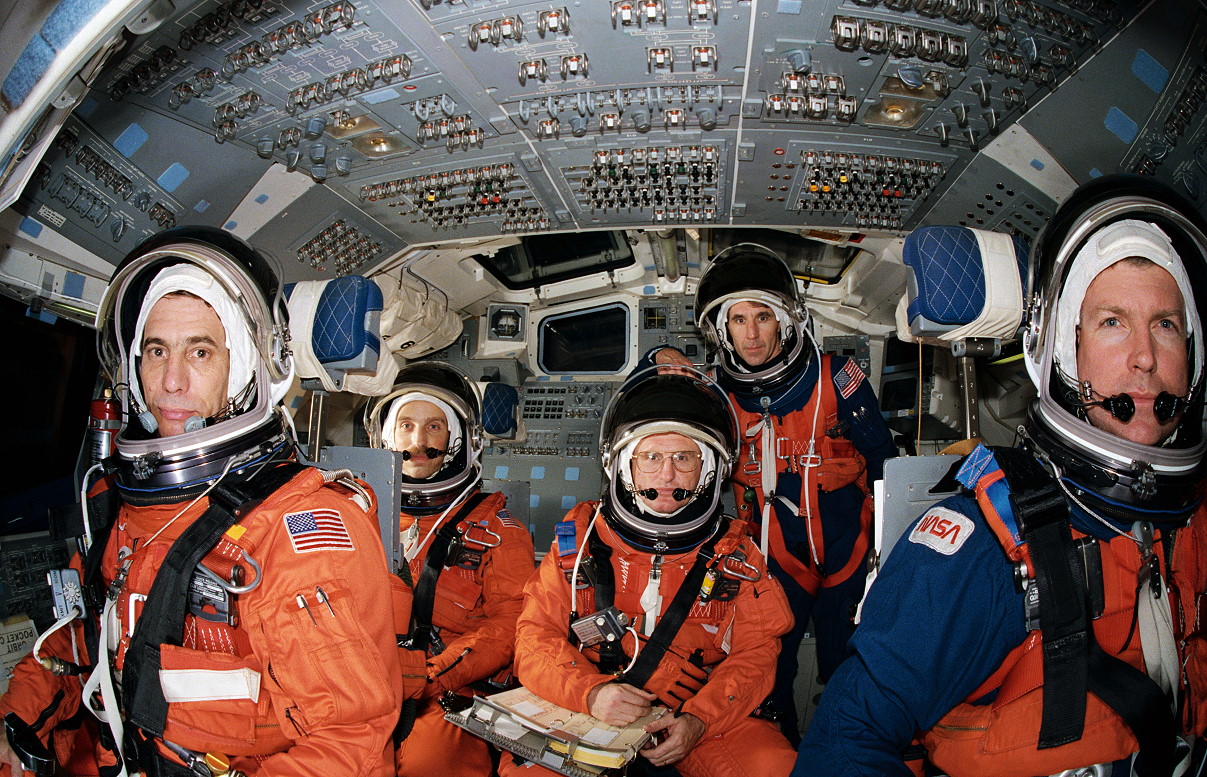
When the shuttle program returned to flight for the first time since Challenger in September 1988, STS-29 found itself in third place and was eventually rescheduled to launch no sooner than 18 February 1989. This date proved untenable, when engineers were required to replace faulty liquid oxygen turbopumps on Discovery’s three main engines, and a revised date of 11 March was set. This, too, came to nothing, when a failed master events controller required replacement and testing. With Discovery herself also slated to fly a classified Department of Defense mission—STS-33—in August 1989, Coats’ crew was made aware of the possibility that their flight might be shortened from five to four days, in order to get the shuttle back on the ground for a tight processing turnaround. Privately, Blaha wondered if a single day would really make a difference. As circumstances transpired, it didn’t: STS-29 flew five days and STS-33 wound up getting delayed until the end of 1989.
At length, in the small hours of 13 March 1989—30 years ago, this past week—Coats managed to persuade Jim Bagian to don a coat and tie and all five men sat down to breakfast in crew quarters at the Kennedy Space Center (KSC). After putting on their bulky partial-pressure suits and taking the Astrovan out to Pad 39B, they were strapped into their seats aboard Discovery…and waited.
And waited some more.
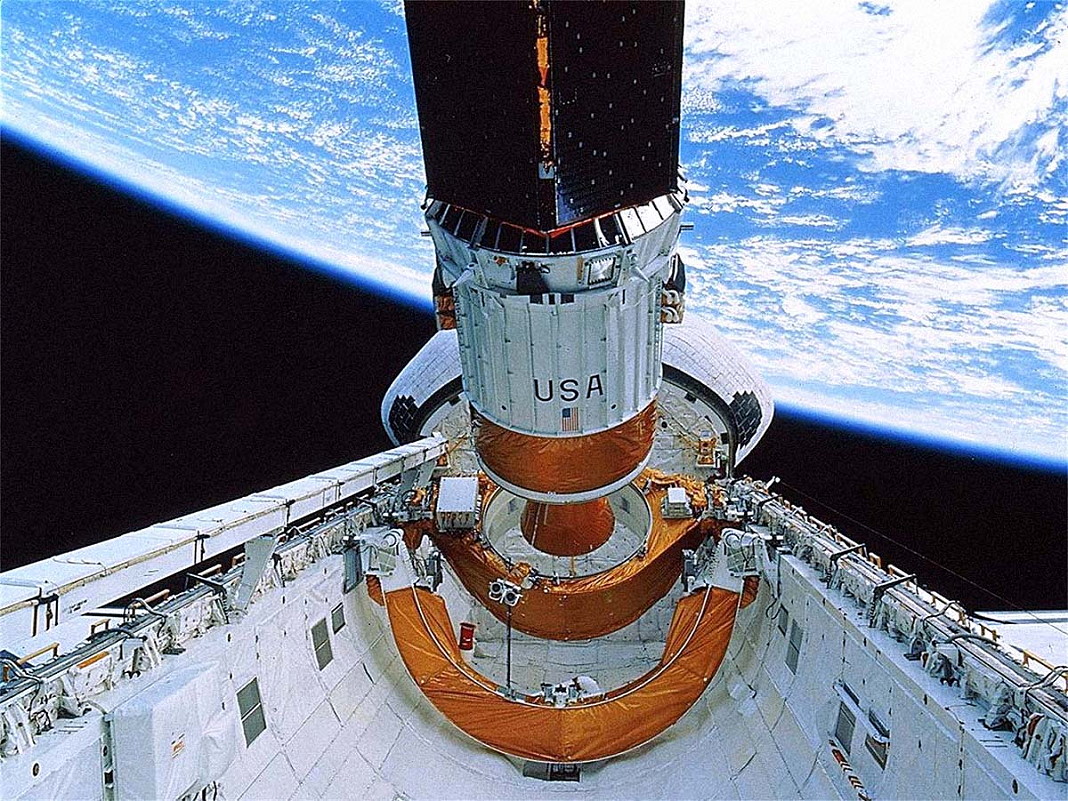
Ground fog and high upper-level winds delayed the liftoff by almost two hours, which proved particularly uncomfortable, as the astronauts were all lying on their backs, with their legs elevated. “Mike Coats had a very bad backache,” Blaha recalled later, “so he finally decided he had to unstrap, because we were being delayed for such a long time. We ended up laying on our backs…very close to the five-hour limit, before we launched.” At one point in the countdown, Coats’ discomfort was so intense that he found himself lying on his left side, and then his right side, in the commander’s seat. At long last, Discovery thundered into space at 9:57 a.m. EST.
With Coats and Buchli both having flown before, STS-29 was the first space mission for Blaha, Springer and Bagian, all three of whom adapted well to the microgravity environment. “From that first millisecond that we were in zero-G,” Blaha reflected later, “I never felt bad.” Only hours into the flight, at 4:10 p.m. EST, the gigantic TDRS-D satellite—mounted atop a solid-fueled Inertial Upper Stage (IUS) booster—was successfully deployed on the first leg of its journey to geostationary altitude. Although the deployment went well, hearts sprang momentarily into throats when a data dropout between the shuttle and the IUS popped up a couple of minutes before TDRS-D was released.
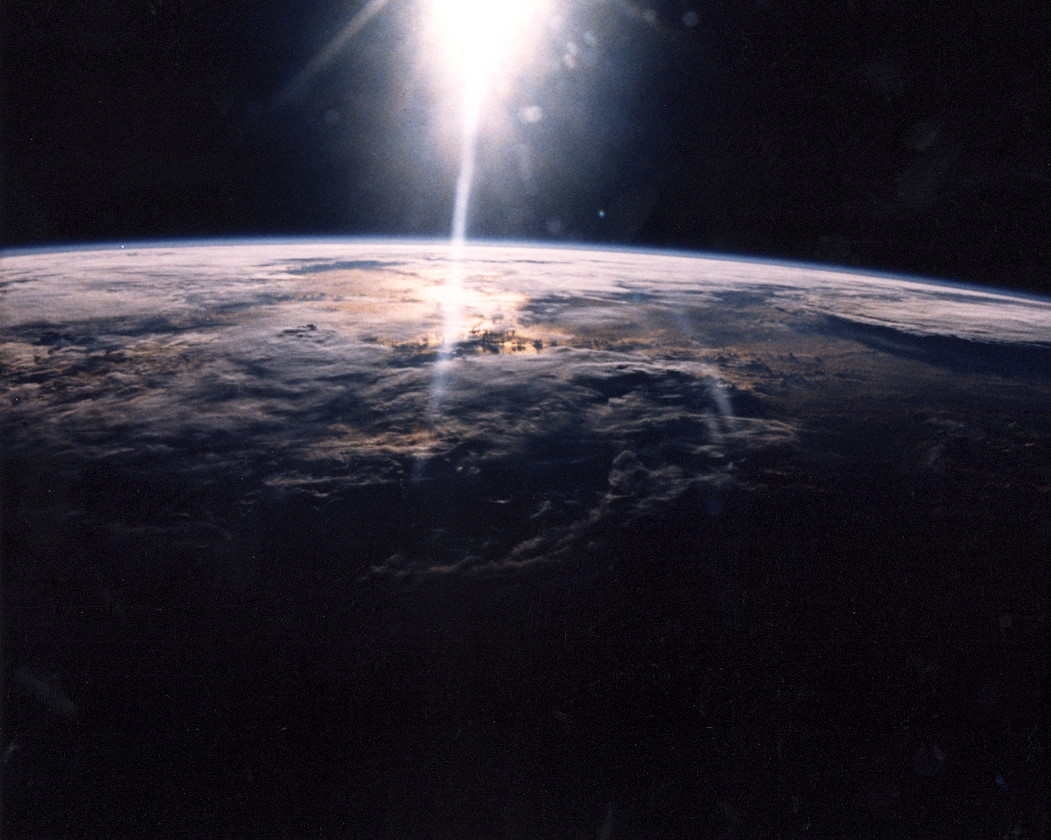
Five “feeling-good” astronauts and a successful completion of their primary mission objective could produce only one appropriate piece of wake-up music on the morning of 14 March, their first full day in space. The strains of James Brown’s I Feel Good echoed from Mission Control and into Discovery’s crew cabin. After conveying his thanks to Capcom David Low, Coats queried how they had managed to get Brown—who was then serving time in prison for assault, drugs and speeding offences—into Mission Control. He asked Low if Brown had gotten parole to sing to them, and was assured that it was “a special performance”.
Over the remainder of their time in orbit, the astronauts tended to student experiments focused on chicken eggs and rats, a demonstration of a Space Station Freedom “heat-pipe” concept and protein crystal growth and plant growth investigations. Exercise was of paramount importance, although on one occasion Blaha was bemused to witness Springer and Bagian doing pull-ups on the middeck ceiling. Seeing “the Marine” (Springer) and “the doctor” Bagian thus competing, Blaha grabbed a camera and started filming. “Couldn’t resist the picture,” he told the STS-29 post-flight press conference, with Springer helpfully declaring that, naturally, “the Marine won!”
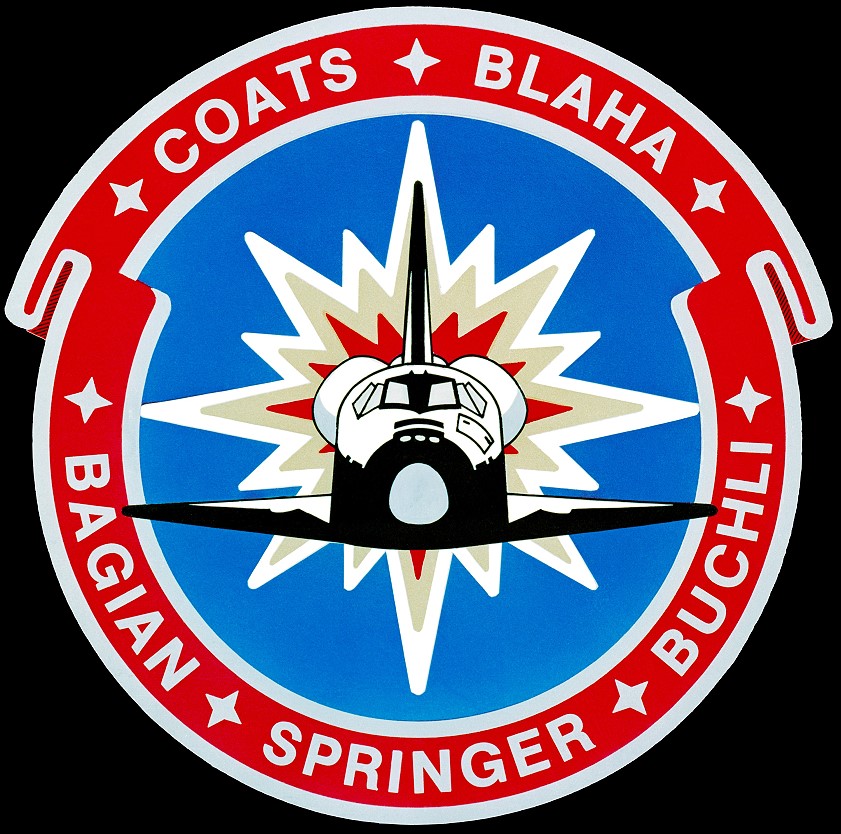
In spite of worries that their mission might be shortened, STS-29 ran to its full length of five days and Coats and Blaha began the deorbit “burn” to bring Discovery home in the early hours of 18 March. Touching down on concrete Runway 22 at Edwards Air Force Base, Calif., at 6:35 a.m. PST, the mission had been a spectacular success, but had one more surprise in store for the crew. Below an altitude of 15,000 feet (5,000 meters), Coats felt that the vehicle handled very much like the Shuttle Training Aircraft (STA) than he and Blaha had flown so many times over the years.
However, there was a fundamental difference when flying the shuttle for real. Even with its engines in reverse, the STA—a modified Gulfstream business jet—had made a racket, whereas the unpowered shuttle was the exact opposite. And that produced an unanticipated surprise: the sound of the wind, roaring outside, almost invitingly, as they descended back home to Earth.
.
.
FOLLOW AmericaSpace on Facebook and Twitter!
.
.




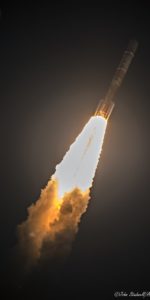
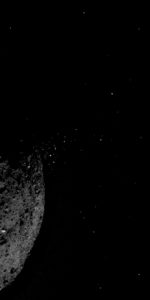
Did not Anna Fisher take a temporary leave of absence, prior to the crew of STS-29 being confirmed, to raise her second child? It was under the assumption that NASA Houston would assign her to another shuttle mission. But her bosses never did and 1984’s STS-51A was her one and only spaceflight.